Turkey vultures don’t deserve their ugly reputation
March is cruel – one day spring, the next back to winter. March is fickle – she can’t make up her mind, Spring? Winter? March is an adolescent, leaping forward and at the same time being pulled back to winter. March is moody and unpredictable.
I begin looking for signs of spring late in February (ever hopeful) and in early March. Everyone has his /her own list of what constitutes Spring – snowdrops, maple buds swelling, pussy willows; the first robin or bluebird song, redwing blackbirds, song sparrows at the feeder.
Every year I wonder which bird will be my sign of spring. This year I was surprised. My bird wasn’t on my list! On Feb 28, (also March 1), I saw three Turkey Vultures circling lazily over the valley. What a lovely sight! There were three large dark birds soaring gracefully against the blue sky. Yes, gracefully. On land they may be ugly and ungainly, but in the air they are as graceful as any bird of prey. They are easy to identify: Large, dark birds with their wings at a dihedral.
Turkey Vultures are scavengers. They locate their prey by sight and smell. Vultures eat roadside kill and other carrion (both fresh and in various stages of decay). They are called Turkey Vultures because there are no feathers on their head and neck. Their head and neck is bright red. This lack of feathers is an adaptation that allows them to tear apart large prey and not get their feathers bloody.
Vultures form long-term pair relationships, but if one of them dies, the other finds another mate. Around the Southern Tier, they nest under rocky ledges that are cave-like. They can reuse a nest cave for many years. Prior to egg laying, the pair flies together above the nest site in a coordinated ritual so that their wing tips are nearly touching. On the ground, the male displays before the female. With wings partially spread, he struts Tom turkey-like, and at the same time bobs his head. No nest building for them. The eggs are laid on the nest-cave floor.
Turkey vultures are related to California Condors. Many of the behaviors exhibited by our vultures are also done by the condors. Because the condor is larger, it eats larger prey.
One fond memory I have about turkey vultures happened on a spring day with a group of seventh graders. The boys were fascinated with these birds and decided to do an experiment. Could they lie still in the field and “fool” the vultures into thinking they were dead. They discovered that the vultures weren’t fooled even a little bit!
Other signs of spring birds seen by Naturalist Club members recently are migrating ducks: Pintail, Widgeon, Gadwall, Ring-neck Duck. Other birds are beginning to pair off. Horned larks, Tufted Titmice, Chickadees, and Bluebirds are early nesters and beginning to pair. Finally, by the river one can see large flocks of redwings (the males arrive before the females) and grackles.
What will be next? Spring peepers, woodcock, tree swallows…
Birders’ Watch is provided by members of the Naturalists’ Club of Broome County. This column was written by Gail M. Kirch. For information on the Naturalists Club, write P.O. Box 191, Vestal, N.Y. 13850.
Posted in Birders Watch Columns | Comments Off on Turkey vultures don’t deserve their ugly reputation
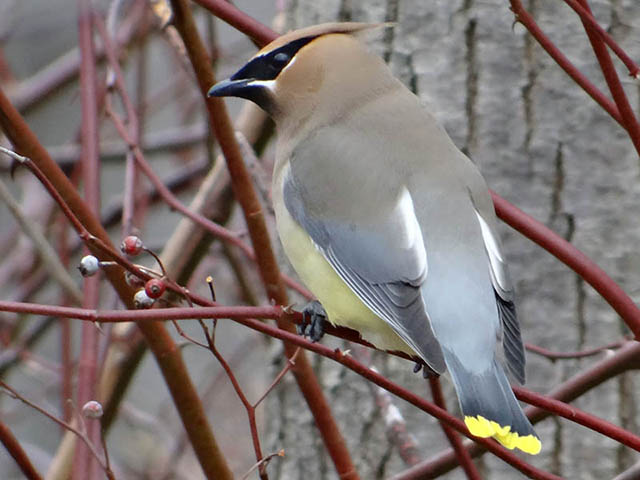
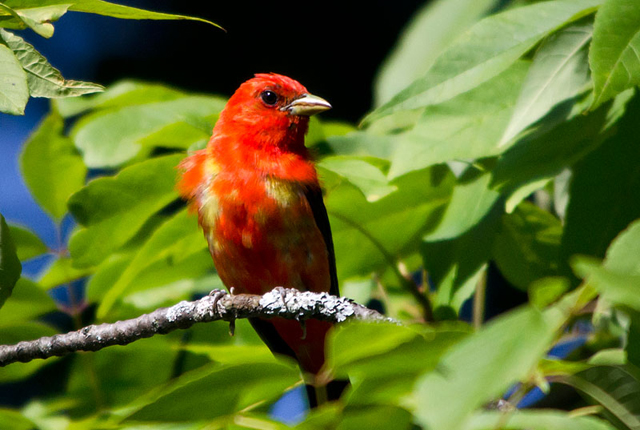
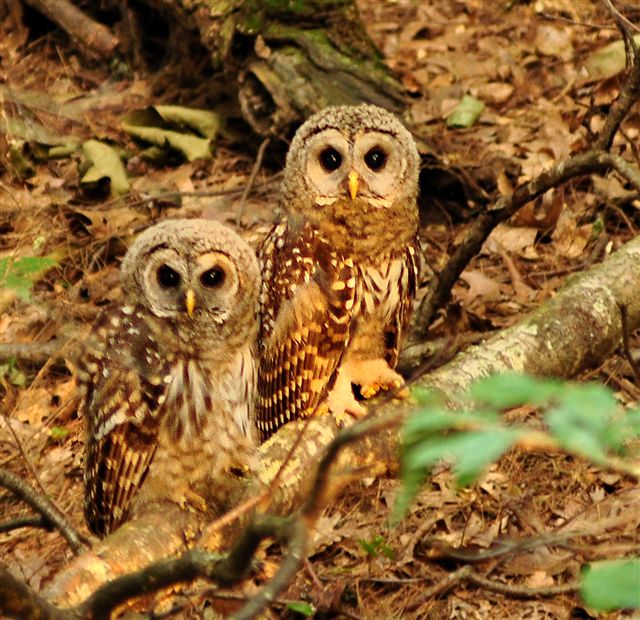
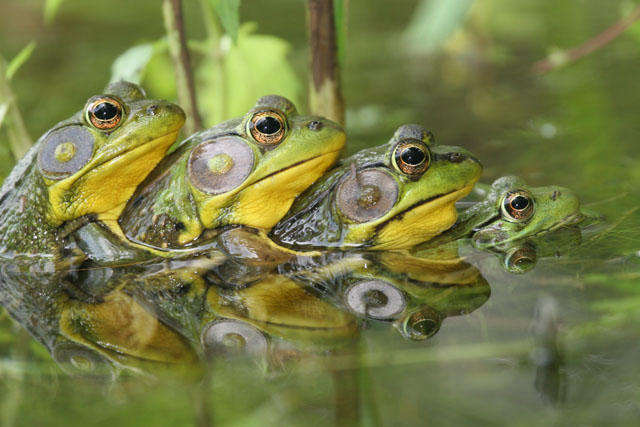
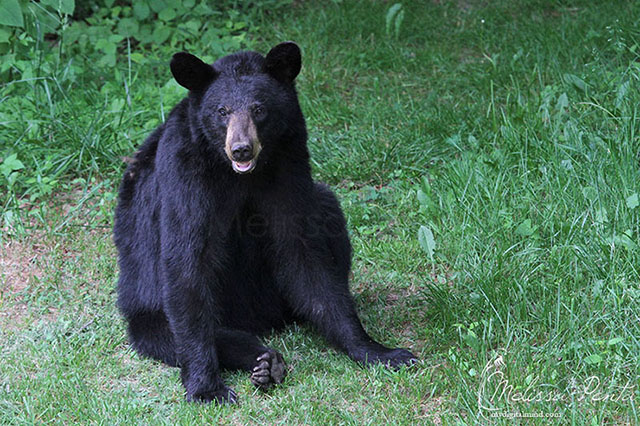
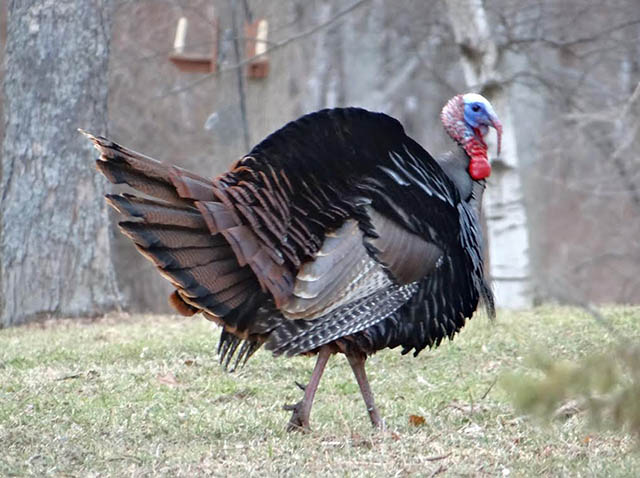
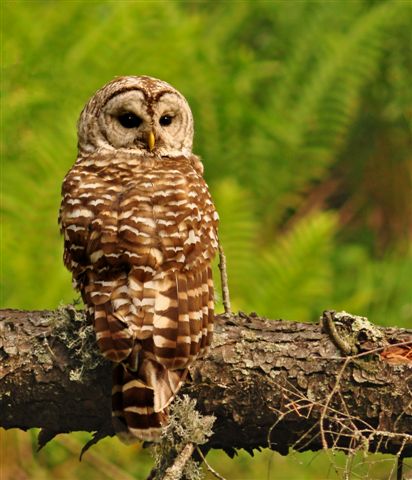
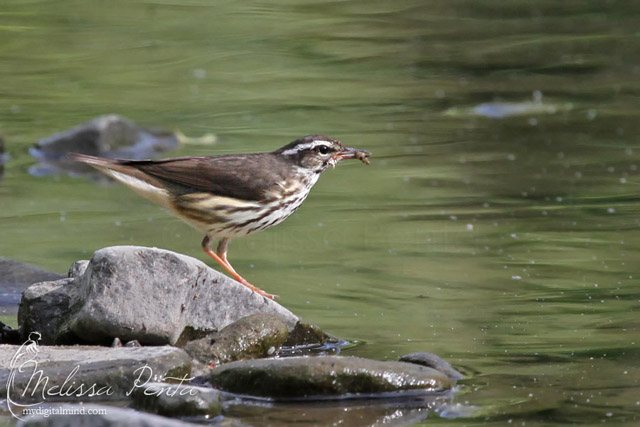
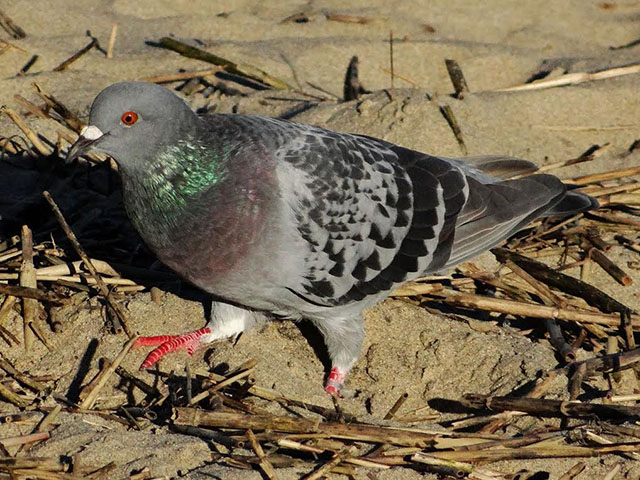
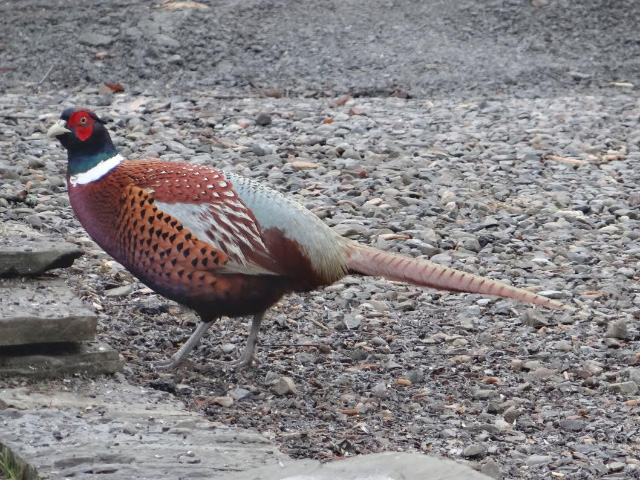
Comments are closed.